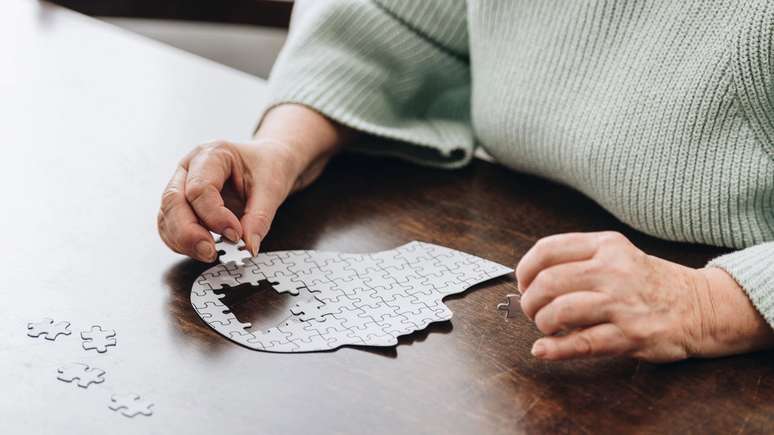Empress Maria Feodorovna was considered one of the most beautiful women in the country. In the photographs, she was the same age as her daughter-in-law, the wife of Nicholas II Alexandra. They whispered about everything – both about the extravagant procedures used by the Empress, and about the fact that the death of loved ones became the source of her eternal youth. But Maria’s secret was simple: she became the first to undergo plastic surgery in the Russian Empire.
sweet mini















